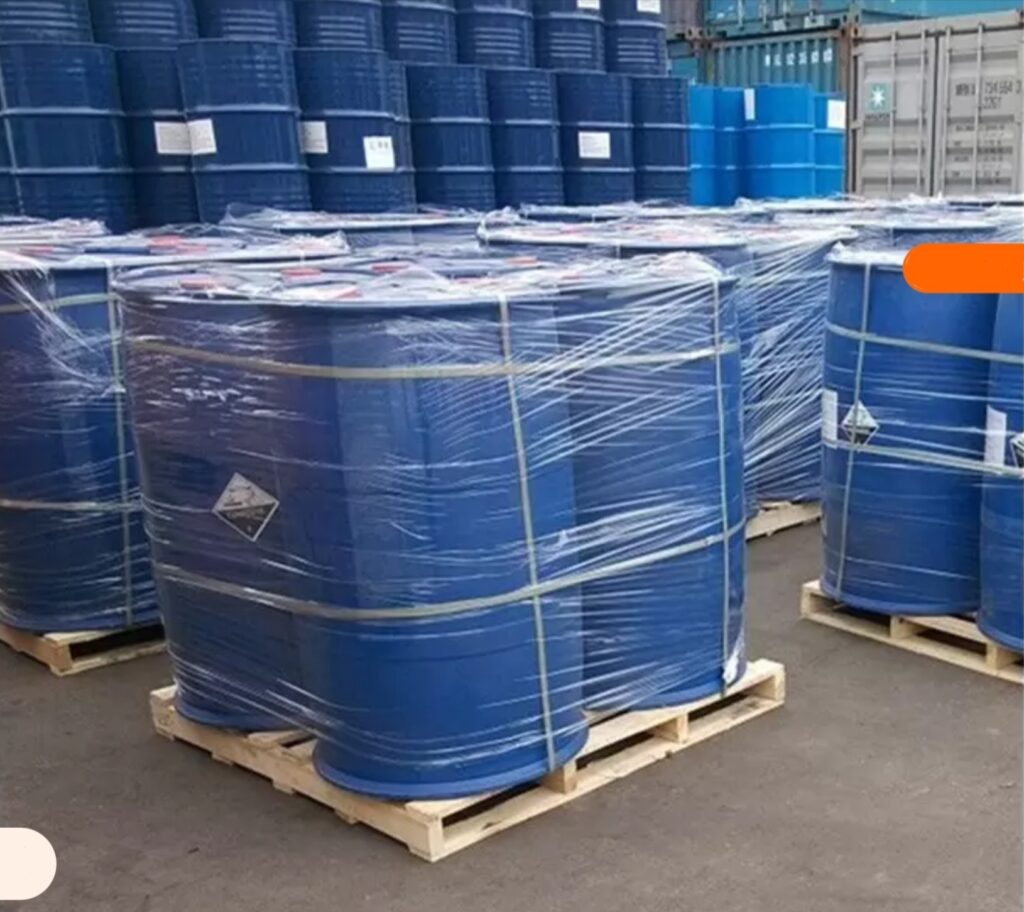Petro Chemical Supplying Company is a global Group based in Iran which manufactures and provides chemical and raw material in different cases with deep industrial experiences.
Mono ethylene glycol
Monoethylene glycol (MEG) is a colorless, odorless, and viscous liquid organic compound with the chemical formula C2H6O2. It is also known by other names, such as ethylene glycol and 1,2-ethanediol. MEG is a member of the glycol family of compounds, which are alcohols with two hydroxyl groups.
MEG is widely used in various industrial applications due to its unique properties. One of its primary uses is as an essential raw material in the production of polyester fibers and polyethylene terephthalate (PET) resins. These materials are used to manufacture fabrics, bottles, containers, and packaging materials.
Furthermore, MEG has excellent hygroscopic properties, which means it can absorb and hold onto moisture from the surrounding environment. Because of this characteristic, it is commonly used as a deicing agent in aircraft and as a coolant in the automotive industry. MEG is also found in antifreeze formulations used in various cooling systems to prevent freezing and overheating.
However, it is essential to handle MEG with care as it is toxic if ingested and can cause harm to humans and animals. Proper precautions should be taken when using or handling this chemical to ensure safety.
What is mono ethylene glycol use for :
Monoethylene glycol (MEG) is used for various industrial and commercial applications due to its unique properties. Some of the main uses of monoethylene glycol include:
- Production of Polyester Fibers and Polyethylene Terephthalate (PET): MEG is a key raw material in the production of polyester fibers and PET resins. Polyester fibers are widely used in textiles, such as clothing, upholstery, and carpets. PET resins are used to manufacture plastic bottles, containers, and packaging materials.
- Antifreeze and Coolant: MEG is a primary component of antifreeze and engine coolant formulations. When mixed with water, it lowers the freezing point and raises the boiling point of the mixture, protecting engines and cooling systems from freezing in cold temperatures and from overheating in hot conditions.
- Deicing and Defrosting: Due to its hygroscopic nature (ability to absorb and hold moisture), MEG is used in deicing fluids for aircraft and as a defrosting agent for windshields and other surfaces.
- Gas Hydrate Inhibition: In the oil and gas industry, MEG is used as an additive to prevent the formation of gas hydrates, which can clog pipelines and equipment.
- Heat Transfer Fluid: MEG is employed as a heat transfer fluid in various industrial processes and equipment, such as refrigeration systems, air conditioning units, and heating systems.
- Solvent: It can serve as a solvent in chemical processes and applications.
- Humectant: MEG is used in certain personal care and cosmetic products as a humectant to help retain moisture and prevent drying.
- Resin and Polymer Manufacturing: MEG is used in the production of resins, such as alkyd resins, which are used in coatings and paints, and as a component in certain polymers.
MEG’s versatility and properties make it a valuable chemical in different industries, but it is essential to handle it with care due to its toxicity if ingested or mishandled. Safety precautions should be observed when using and storing MEG to prevent accidents and ensure the well-being of workers and the environment.
what is mono ethylen glycol packing ?
Monoethylene glycol (MEG) is typically packed and transported in various types of containers to ensure its safe handling and distribution. The packaging used for MEG can vary depending on the quantity, transportation mode, and specific industry requirements. Here are some common forms of packaging for monoethylene glycol:
- Drums: MEG is often packed in steel or plastic drums, which come in different sizes, typically ranging from 55 gallons (approximately 208 liters) to smaller sizes like 5 gallons (approximately 19 liters). Drums are suitable for smaller quantities and are commonly used for local distribution or storage.
- Intermediate Bulk Containers (IBCs): IBCs, also known as totes or bulk containers, are large, stackable containers with capacities ranging from around 200 to 1,000 gallons (approximately 757 to 3,785 liters). They are used to transport and store larger quantities of MEG, providing a more efficient solution compared to individual drums.
- Tank Trucks and Tank Containers: For bulk transportation, MEG is often transported in tank trucks or tank containers. Tank trucks are specialized vehicles with large storage tanks, while tank containers are ISO containers specifically designed to transport liquids. These methods are employed for large-scale distribution and international shipping.
- Flexitanks: Flexitanks are flexible, single-use containers that can hold large volumes of liquid, ranging from 16,000 to 24,000 liters. They are placed inside standard 20-foot shipping containers for efficient transportation of MEG in bulk on ships or railways.
Regardless of the packaging type, it is essential to ensure that the containers are made of compatible materials and meet safety and regulatory standards for transporting and storing MEG. Proper labeling and handling instructions are also included to ensure the safe use and disposal of the product. Additionally, care must be taken to prevent contamination or spills during handling and transportation to maintain the quality and purity of the MEG.
Tags
Latest News
-

Caustic Soda Flake
caustic soda flake , Sodium hydroxide (NaOH) an inorganic compound with following...
Read More -

Biology and Chemistry
The situation in small-molecule pharmaceutical R&D has been well described...
Read More -

Seminars on chemistry
The postgraduate department of chemistry at Khalsa College organised a...
Read More
- 1



